The Cause: ‘You don’t go to the museum, the museum comes to you’
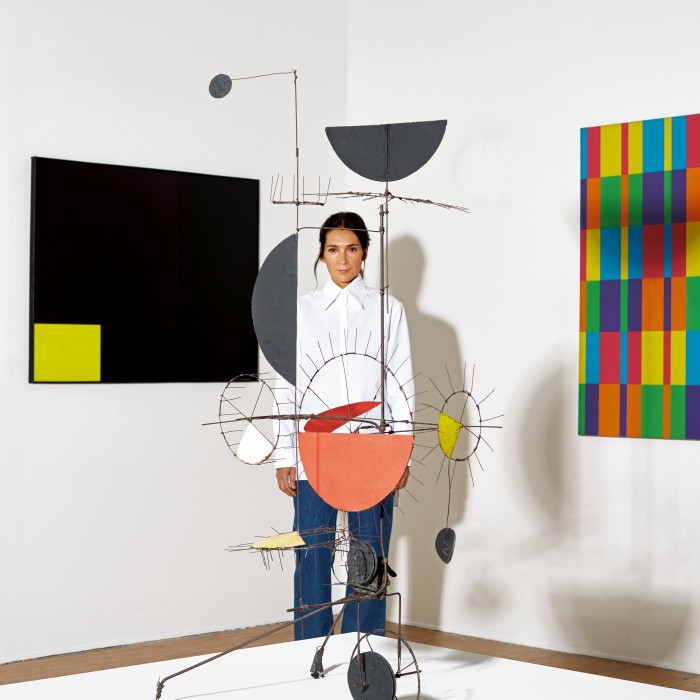
Roula Khalaf, Editor of the FT, selects her favourite stories in this weekly newsletter.
During her childhood in the countryside of France’s Loire Valley, Ingrid Brochard remembers the excitement she felt when a travelling library arrived. “For me, it was something special,” she says. This cherished experience was part of the inspiration for a mobile museum – dubbed MuMo – that Brochard launched in 2010. The aim was to take contemporary art across Europe and Africa to children and communities who never got the chance to see it. “Of course there are the geographical barriers – when you don’t have museums next to you, you don’t go,” says Brochard. “But you also have psychological barriers. We met parents who told us that they weren’t comfortable bringing their kids to museums because they thought they were not smart enough to explain it to them, or they felt they didn’t have the correct social codes. It was important to break down all of this. It’s the reverse of traditional practices – you don’t go to the museum, it’s the museum who comes to you.”

To celebrate its 10th anniversary, MuMo is teaming up with the Centre Pompidou in Paris for a new collaboration that will transport the collections of one of France’s most prestigious museums way beyond its four walls. In the months ahead, modern masterpieces by such artists as Victor Vasarely, Marc Chagall, Pablo Picasso and Piet Mondrian will hit the road, alongside a full programme of creative workshops and events, working with local communities and art institutions. French industrial designer Matali Crasset has designed a truck that from now until February will display an exhibition called Animals Come Out of Their Reserve, featuring 27 works and visiting four regions in suburban and rural France. “It is more and more essential to reinvent our relationship with the public, particularly during this period when mobility has become more complex,” says Bernard Blistène, director of the Musée National d’Art Moderne at the Centre Pompidou – currently closed due to the pandemic.
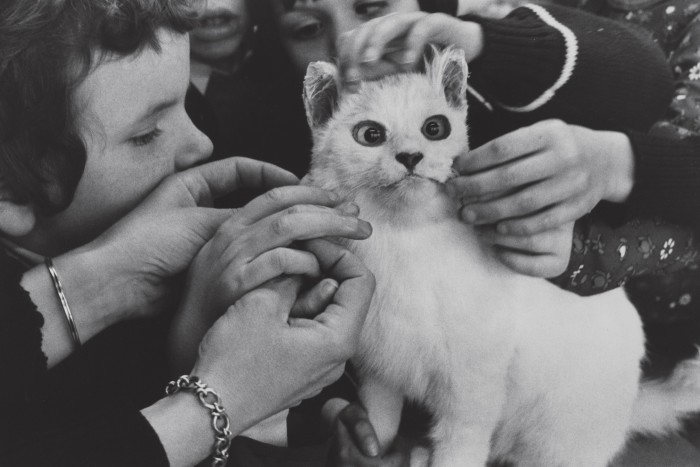
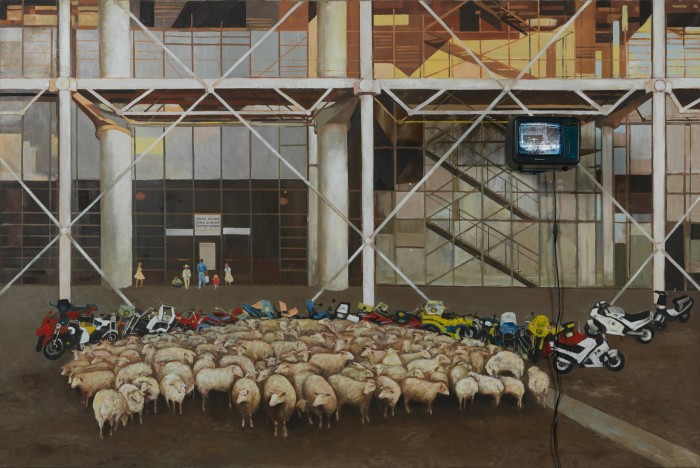
MuMo and the Centre Pompidou have also launched a competition to find a designer to create a new truck that will travel around France and Europe from December 2021. The truck will be funded with €600,000 from Art Explora, the non-profit foundation set up last year by French entrepreneur Frédéric Jousset with the aim of democratising access to the arts. “The major challenge in culture today is not to make collections richer, it’s to give them a broader audience,” says Jousset, who points to “a growing divide between those who have access to culture and those who are left behind”.
Brochard recalls that, growing up, “art was not at all in our family… it was something that, although I guess I didn’t realise at the time, I missed in my life.” A chance encounter aged 21 changed all that. She had moved to Paris and set up a company importing cosmetics and one day, when wandering around Saint-Germain-des-Prés, pushed open a wooden door to what appeared to be a shop. In fact, it was a gallery, and she struck up a conversation with the artist Gérard Schlosser and his wife. The meeting, and subsequent studio visit, “changed my life”, says Brochard. She founded a quarterly contemporary art magazine, Be Contemporary, in 2007 and then produced a television series on the art world.
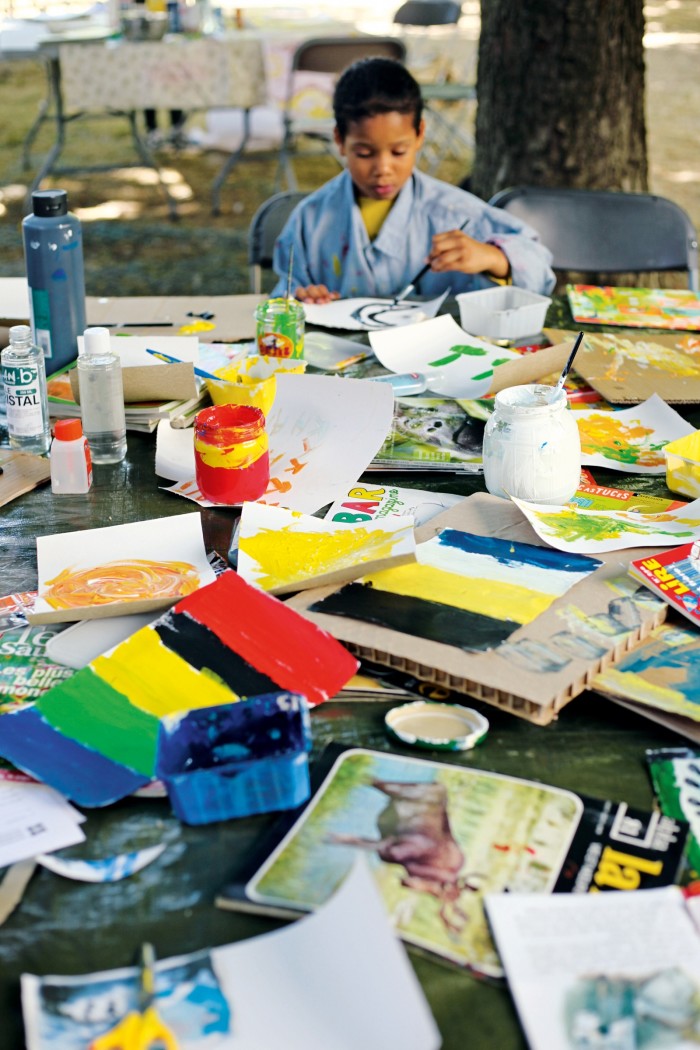
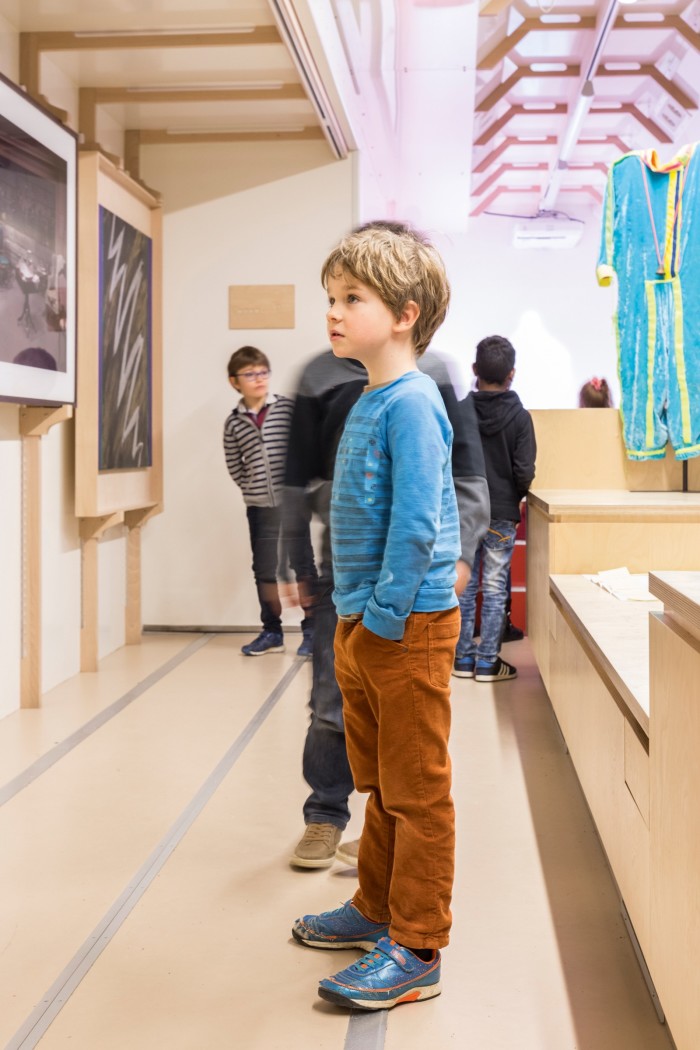
She also began questioning the space in which art can be presented, inspired by exhibitions including one held in a kitchen – the first ever curated by Hans Ulrich Obrist, artistic director of London’s Serpentine Galleries. After selling her cosmetics company in 2009, Brochard founded MuMo, convincing 15 contemporary artists – including James Turrell, Paul McCarthy and Huáng Yoong Ping – to take part. “Artists don’t create only to be displayed in a museum and be seen by an elite, they also create to push borders, to make people think, to stimulate discussion,” she says.
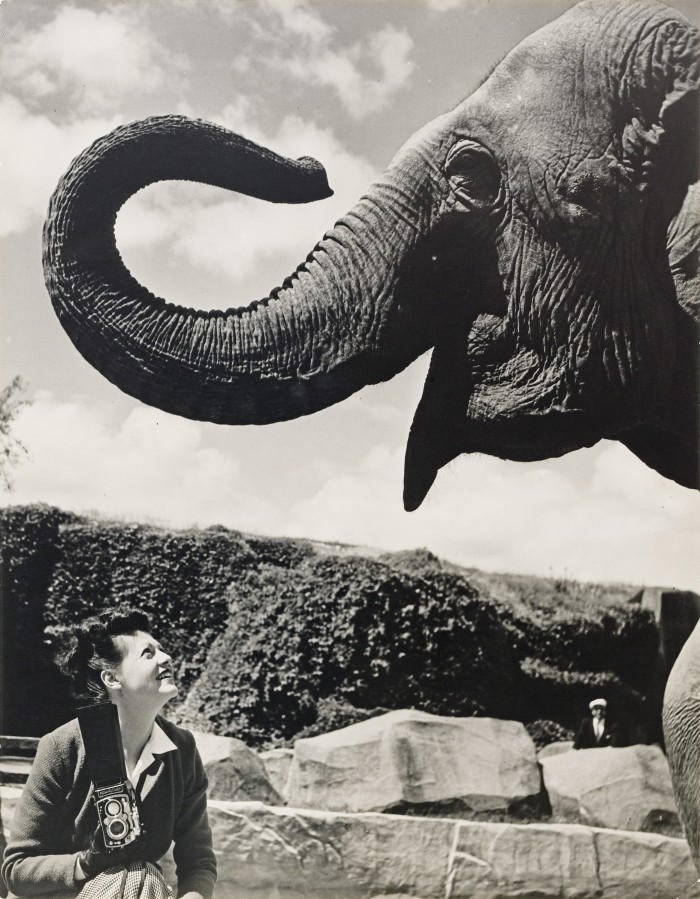
MuMo is designed to be both an aesthetic encounter and a social one, says Brochard. By using art to break down the walls that separate us, such as differences of gender, social background, nationality and religion, the idea is to awaken children to other worlds and inspire conversations around topical challenges like immigration and the environment. This educational mission resonated with the Centre Pompidou, which created its own workshop for children about a decade ago, says Blistène. “This is not standard education, I like to call it a school of sensitive thought… it puts you into contact with things and involves a form of reactivity.”
Since its launch, MuMo has welcomed over 150,000 visitors from seven countries in Europe and Africa. Half of the children had never been to a museum before, and half the stops were in villages with fewer than 2,000 inhabitants. MuMo has also held workshops at care homes, prisons and psychiatric homes. In 2014, Brochard was awarded a chevalier de l’ordre national du mérite and in 2018 was made an officier des arts et des lettres.
MuMo’s success lies in both the originality of Brochard’s idea and her execution of it, says Vincent Bolloré, billionaire corporate raider and industrialist, and an early backer. “Some of our philanthropic projects have not enjoyed the same success as MuMo,” he says. “You can recognise the value of someone not just by their dreams but by their capacity to realise them.”
Comments